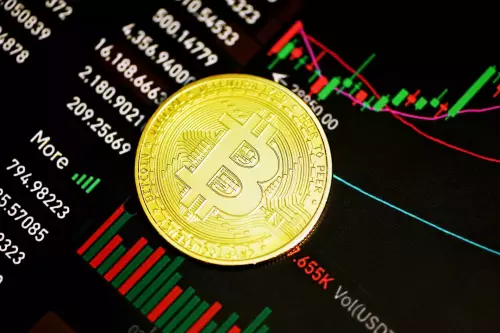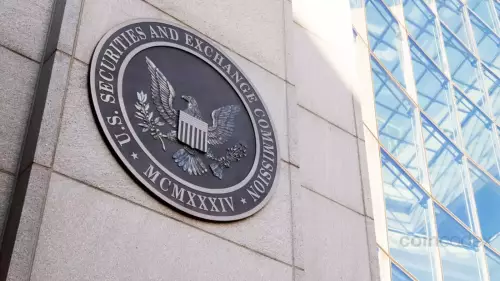The fans are losing it! The XYZ token is in the crypto ring, landing blows on the competition. Like a true champ, this first-ever all-sports meme token has fought its way through the bear market with fearless momentum and shows no signs of slowing down.

The article highlights several cryptocurrencies that have shown resilience and growth potential in the market. Here's a brief overview of each coin:
Jupiter (JUP): A decentralized exchange (DEX) aggregator on the Solana blockchain, Jupiter is known for its role in the链上革命. It offers various services, including token swaps, futures, and stablecoin management. The JUP airdrop on January 31, 2024, is a significant event that has drawn attention. Early adopters and active users will share one billion JUP tokens across nearly 955,000 wallets. This move rewards loyalty and boosts Jupiter’s role in Solana’s ecosystem. With governance powered by the JUP token, Jupiter's innovative approach stands out. In a market seeking efficiency and innovation, JUP looks attractive. Its expansion and user rewards position it well against other coins in the evolving crypto world.
XRP: Designed to facilitate global payments, XRP is a digital currency supported by the XRP Ledger. It enables fast and low-cost transactions without requiring a central authority. Transactions on the XRP Ledger are secure, irreversible, and open to everyone—even those without a bank account. Created by Jed McCaleb, Arthur Britto, and David Schwartz, XRP began with 100 billion coins, with 80 billion gifted to Ripple to boost development. Ripple, once known as OpenCoin Inc., uses XRP to enhance network liquidity and make transferring money across different currencies effortless.
In today’s market, XRP holds promising potential. Its technology allows for quicker settlements compared to other cryptocurrencies like Bitcoin, which can be slower and more costly. Ripple’s strategy of placing 55 billion XRP in escrow helps control the supply and support the ecosystem. As the world seeks faster and cheaper ways to move money, XRP's focus on bridging various currencies makes it stand out. This positions it as an attractive option for both financial institutions and everyday users looking for efficient cross-border payment solutions.
Solana (SOL): A blockchain platform that aims to be faster and more scalable than its rivals like Ethereum and Cardano, Solana provides a foundation for decentralized apps, or dapps. What sets Solana apart is its design focused on speed and flexibility. Developers can build on Solana using several programming languages, making it more accessible. At the core of its ecosystem is the SOL coin, which powers transactions, runs custom programs, and rewards those who support the network.
The SOL coin is valuable because it keeps the Solana ecosystem running smoothly. It rewards participants and gives users access to a variety of projects on the platform. Unlike some other blockchains, Solana doesn't use sharding or second-layer solutions to scale. Instead, it aims for a high-capacity network that can handle a lot of activity. This approach could attract both developers and investors looking for a fast and efficient blockchain. In the current market, with increasing interest in scalable solutions, SOL looks promising compared to other coins.
Cardano (ADA): A flexible, sustainable blockchain platform designed for smart contracts, Cardano helps developers build apps for decentralized finance, crypto tokens, and games. Its own cryptocurrency, ADA, is like Ethereum’s ETH. People can use ADA to store value, make payments, and invest in the Cardano network.
Cardano stands out for its focus on the environment. It uses Ouroboros, a proof-of-stake system that saves energy, unlike many cryptocurrencies that use a lot of power. The blockchain is split into two layers: one for transactions and one for smart contracts. This design could allow up to a million transactions per second. With the introduction of Cardano native tokens in March 2021, interacting with smart contracts became more secure and cheaper. This sets a new standard for blockchain efficiency and scalability. As sustainability becomes more important, Cardano’s approach may gain attention. Its efficient technology and high transaction speeds set it apart from other cryptocurrencies. ADA could play a big role in the future of digital finance.














































































